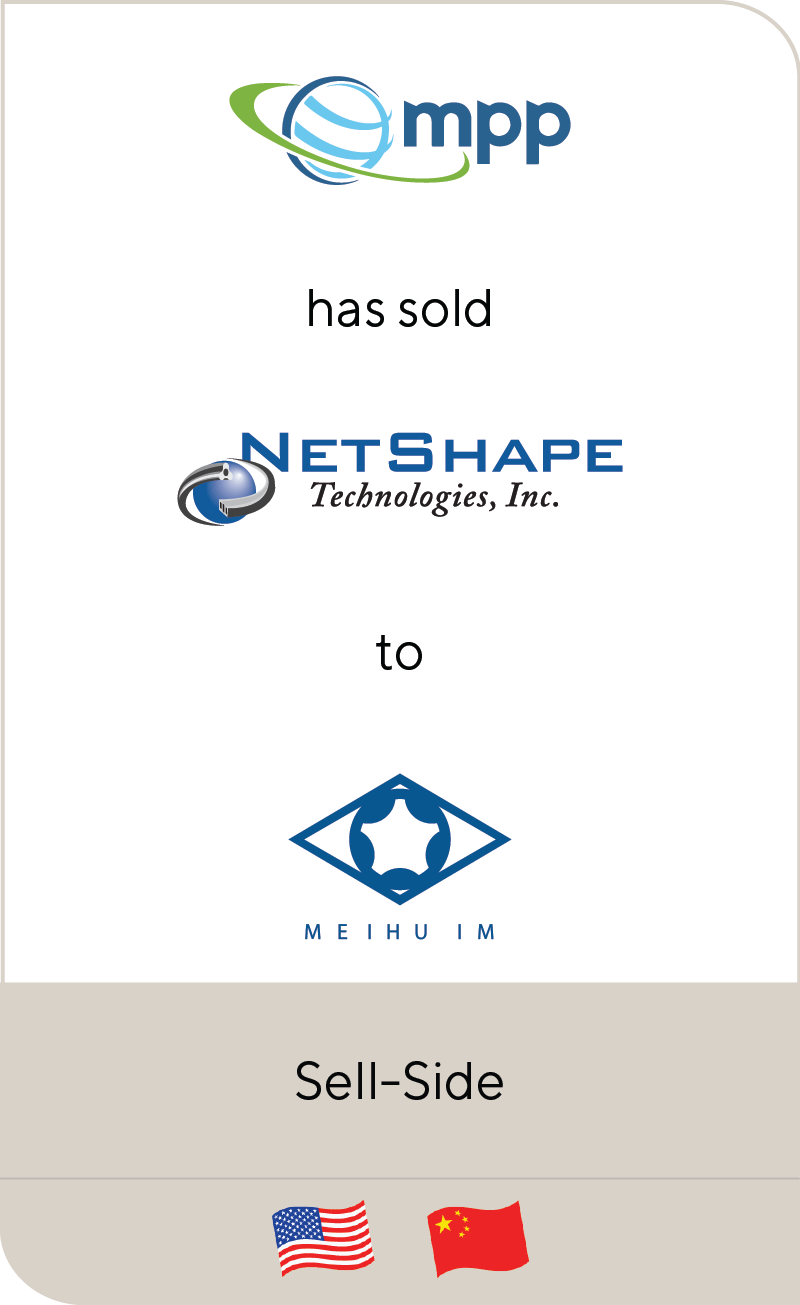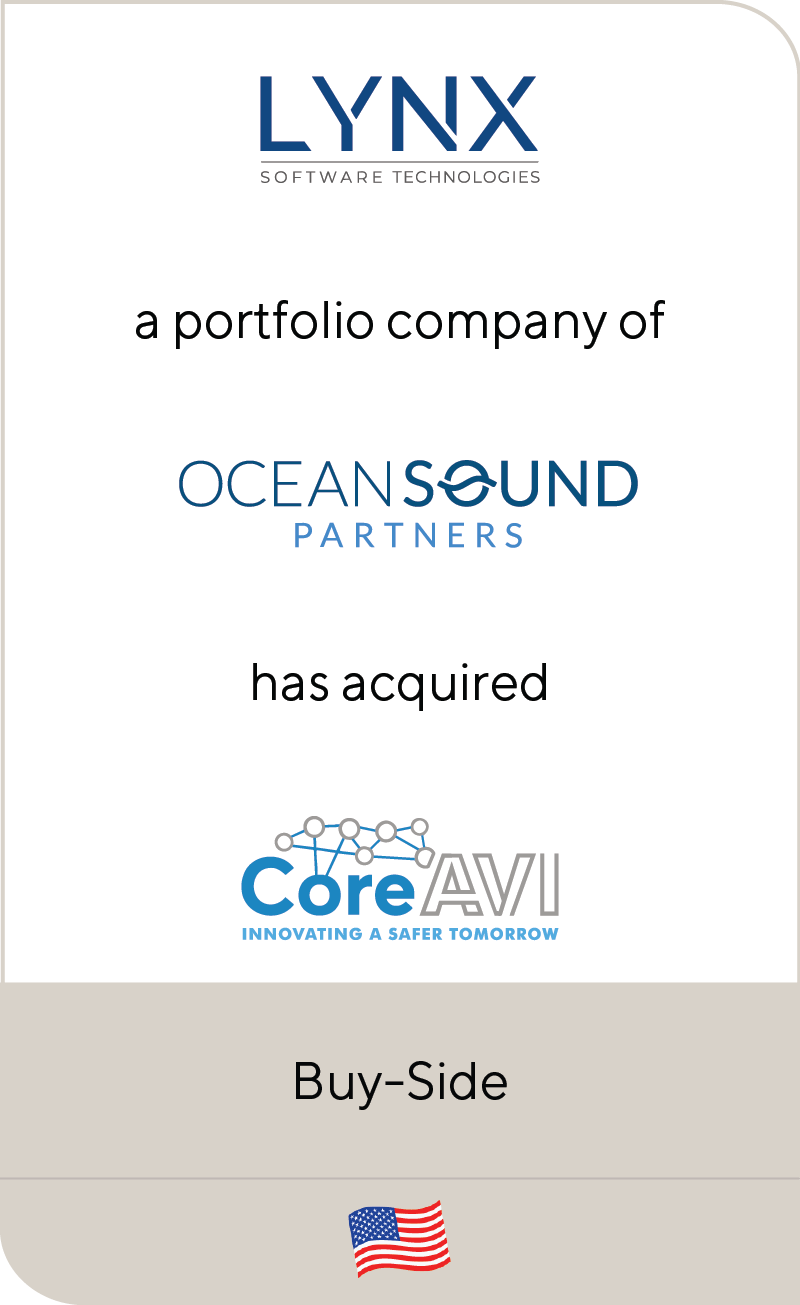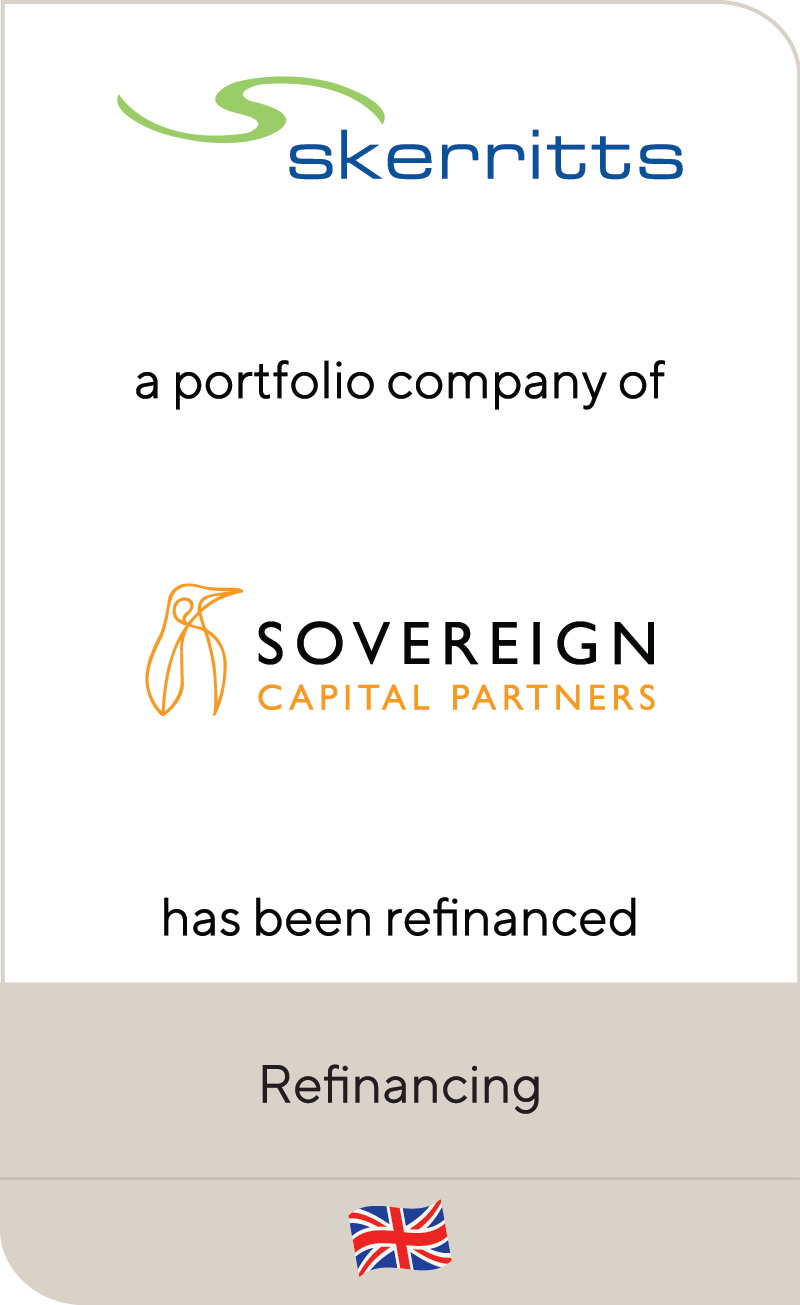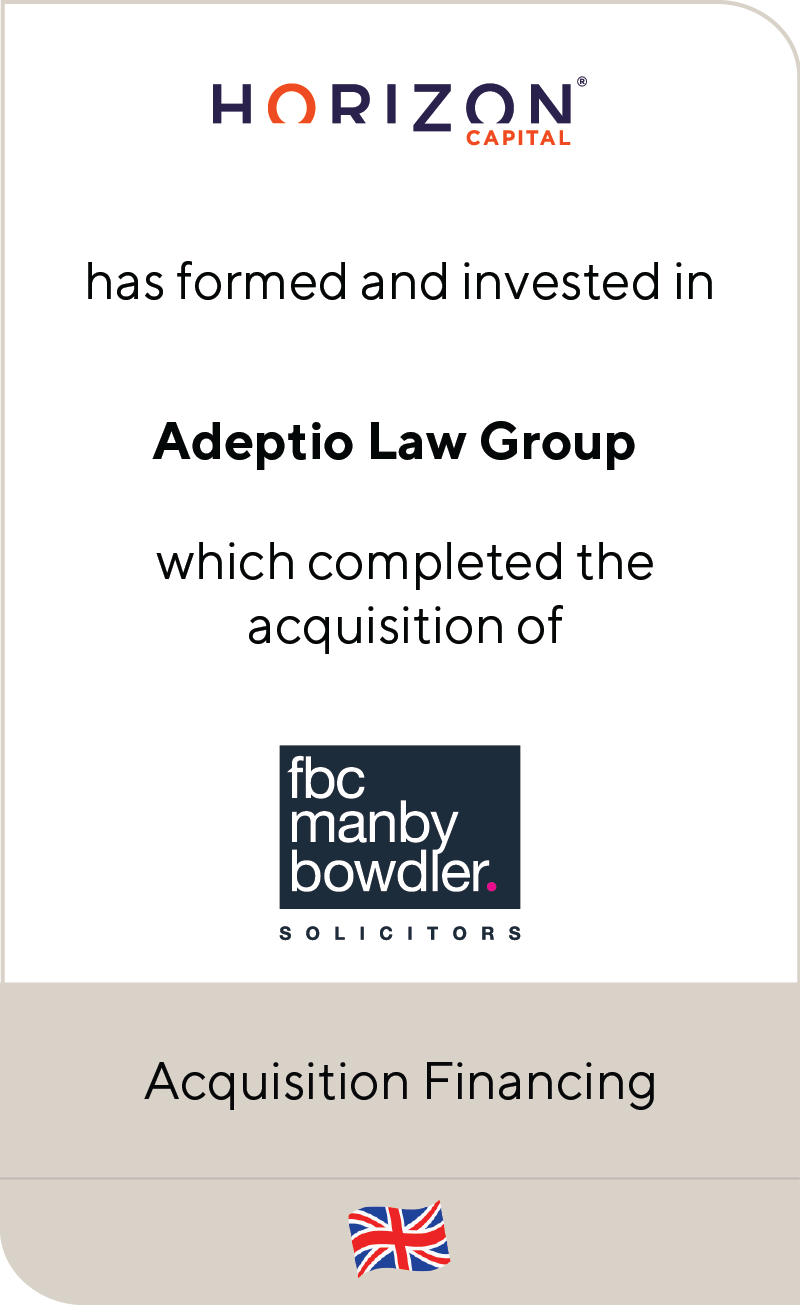Joint Ventures & Partnering: Q&A with Lincoln Directors Emma Blackley and Claire Heuberger
Aug 2022
Traditionally, joint ventures and partnering (JV&P) were the preserve of capital-intensive industries such as oil and gas or aerospace and defense. They were also a common mechanism used for expansion into emerging markets. Today, the picture is far more varied.
JV&P is increasingly considered a creative tool and alternative structure that enables parties to grow, restructure a portfolio of activities, access technologies, disrupt adjacent sectors and achieve overall strategic goals. This is particularly the case in challenging and uncertain environments, such as COVID-19, inflation and a foreseen recession. Wise investors and creative mergers and acquisitions (M&A) teams are aware of and are seriously considering these alternative, lower-investment structures.
In our latest Q&A, Emma Blackley and Claire Heuberger, Directors in Lincoln’s joint ventures and partnering practice, share insights on a range of structure options and some associated common pitfalls.
Summary
-
Emma Blackley and Claire Heuberger, Directors in Lincoln’s joint ventures and partnering practice, share insights on a range of structure options and some associated common pitfalls.
- Click here to download a printable version of this perspective.
- Sign up to receive Lincoln's perspectives
What is a joint venture?
Emma Blackley: This is often used as a catch-all term for a form of collaboration between businesses which involves two or more companies working together to deliver on a specific business opportunity. There are different structures, but the concept of a JV is about collaborating in partnership where one plus one equals three and people are trying to create a new or better business by combining in some way.
Claire Heuberger: Indeed. Though there is always a motivation to partner, the driver behind this motivation can differ. It may be access to a new technology, distribution channel, geography, resources, capital, disengaging from activities progressively or even pooling assets and infrastructures. Corporates and investors often think about large JVs in, for example, oil and gas or minerals. But JV&Ps have now extended to many sectors and are being used very creatively, as an alternative means of growth or restructuring.
What are some of the standard types of joint ventures and partnering?
Claire: These will take different shapes and forms, depending on the purpose of the collaboration and how much independence is required by the partners. Minority investments (sometimes used as a mechanism to learn about a new market / technology or to strengthen an ongoing collaborative relationship) involve acquiring a non-controlling stake (less than 50%) in a business in exchange for capital, plus typically one board seat and minority interest protections. Equity JVs are separate legal entities, with equity shared based on relative partner contributions and with prescribed scope, governance and voting rights. The new JV entity operates “as one.” Legal obligations are undertaken by both shareholders.
Emma: By contrast, non-equity JVs or strategic alliances have no separate legal entity; partners retain parallel organizations, brands, etc., and parties cooperate for mutual benefit in defined areas. This cooperation is sometimes underpinned by cross-shareholdings and / or specific scope of work contracts. Another form we see, especially as an early step, is a licensing or collaboration agreement, where a legal contract governs scope, geography, usage, ownership, etc., and may include co-working on specified developments.
One other point I would emphasize is that these structures are not mutually exclusive. They are frequently used together, either in parallel or sequentially, as part of an overall strategy.
Why do business leaders choose to partner versus acquire or sell?
Claire: Reasons and motivations differ. We see, as one example, that start-ups with a great business model or technology whose founders are not yet ready to let go may still be willing to scale up with a well-established manufacturing partner. Equally, well-established companies may seek to establish close partnering relationships with start-ups before their valuation hits the roof.
In the automotive sector, there is ongoing restructuring with the shift from combustion engines to electric vehicles. This has a massive impact on the overall value chain, so that some component suppliers may seek to divest from certain activities over the longer term. Such suppliers are looking for partners that would eventually acquire the entire business. It’s a stepped exit in a way.
In aerospace and defense, companies frequently partner to gain access to a certain technology or combine expertise to win material contracts.
For industrial manufacturers, it is often about sharing infrastructure and assets to maximize return on investments. In oil and gas or minerals, it is about access to resources and local expertise.
Emma: Alongside sector-specific and traditional drivers, there are three main additional reasons today:
Timing is key, as the state of the market, the availability of affordable debt and the maturity of the business can – in any combination – persuade investors to delay a sale; instead, well-chosen, structured collaborations can sustain or even accelerate growth.
Valuation trends are important, whether they appear too high (for some acquirers) or too low (for some sellers); alternative JV&P mechanisms allow parties to work together, maintain momentum and build future value, without reducing optionality.
Risk as an influence on decision making. A different structure which includes shared investment and / or infrastructure and resources can help investors get comfortable to proceed.
What other partnering rationales and trends are you seeing?
Emma: Some of the most interesting and innovative motivations I’ve encountered recently include the desire to monetize existing assets, technology or intellectual property by partnering into new or adjacent market sectors, and tackling the talent shortage, especially in software engineering (for example in the automotive and defense technology sectors).
Claire: We see an emerging trend of investing in technology, either directly or by setting up venture capital funds, specifically around CO2 emissions reduction or capture. Take ArcelorMittal and XCarb as an example. Additionally, we see areas of market consolidation where new partnerships are being used to secure a “larger slice of the pie,” for example among some maintenance, repair and operations providers.
Key takeaways and some common JV&P pitfalls to look out for
|
Interested in working with an advisor in Lincoln’s joint ventures and partnering practice? Contact Emma Blackley or Claire Heuberger for more information.









